No products in the cart.
Alexandria Dagger (#1827)
Alexandria Dagger
Companion piece to our Alexandria sword, one of our most popular weapons based on a true historical model, the Alexandria dagger is a classic early 15th century design. The short (11″), double-edged blade has a diamond cross section, making it a stiff and unyielding weapon designed to be terribly effective at thrusting. The straight steel guard is a small version of the Alexandria swords guard with the distinctive swept tips that could catch the blade of an opponent. The classic wheel pommel is a twin to the one on the dagger’s larger cousin. The Oxblood leather handle and sheath are eye-catching in their quality, marking this as the daily carry of a wealthy individual. Alone or with the Alexandria sword, this dagger is an excellent piece to be proud of in your collection.
Blade: 5160 High Carbon Steel
Total Length: 17”
Blade Length: 11”
Weight: 1 lb.
POB: at the guard.
USD245.00 – USD265.00
SKU: N/A Categories: Medieval Daggers, New Products
War was more than just a part of life for most of the Middle Ages; it was practically a political institution. Borders were moved or erased, kingdoms rose and fell, and entire people groups could be wiped out, incorporated into larger groups, or suddenly find themselves at the top of a political food chain they never realized they were climbing. This was the case across most of the world, no less so the Middle East than anywhere else. As Christian kingdoms warred against each other and against their Muslim neighbors, Muslim kingdoms warred against each other and their Christian neighbors. It could be a little difficult to keep track of who you are supposed to be fighting, never mind why.
The wars between Cyprus and Mamluk Egypt is one of those conflicts that had the confusing, stop and start patterns which made international wars so difficult to unpack. The 14th century saw a number of recurring conflicts between and among the nations of the Middle East, but it was the beginning of the 15th century when Cyprus and the Mamluk Egyptian belligerence truly began to take off. Early battles were defined by the Cyprus tendency to support piracy against Egyptian and Syrian coastlines, beginning with encouragement and later moving to full financial support. The Mamluk Dynasty would respond in kind, retaliating with various expeditions into Cyprus territory.
In 1414, a temporary truce and peace treaty was signed between the kingdom of Cyprus and Mamluk Egypt. It is possible that this peace treaty was intended to be the start of a long and fruitful partnership between the two nations. As a part of this peace treaty, the Cyprian King Janus made a gift to the Sultan of Egypt of many rich items, such as a number of swords which included the famous Harriet Dean sword that our smiths reproduced (https://www.darksword-armory.com/medieval-weapon/medieval-swords/alexandria-sword-1525/). Most of the fame surrounding the Alexandria Arsenal is regarding the matched pair of Alexandria swords, one of which went missing for decades while the other remained in collections. This is where most of the knowledge for sword collectors starts and finishes when it comes to the Alexandria sword and the surrounding political climate.
Whatever the intentions were for peace between the two nations, the treaty in 1414 had nominal success at best, and only for a short period of time. The pirates funded by the kingdom of Cyprus continued to raid and the Mamluk retaliations increased after 1424, resulting in a full-scale invasion in 1426 and the capture of King Januce who had originally gifted those swords. Cyprus became a tributary of Mamluk Egypt, which lasted until the Ottomans conquered the Mamluk sultanate in 1517. In the long run, though, the kingdom of Cyprus remained a critical trade exchange port and source of many rich exports to the rest of Europe. Cyprus becoming a tributary of Egypt merely opened new markets to its merchants; in the end, between sales of exports and partnership with places like the Venetian government the merchants and royals of Cyprus made out like bandits – even more so than when they were activity doing banditry against Egypt and her allies. It is possible that the gifts of exquisite swords and other riches from Cyprus to the sultanate of Egypt was a ploy to gather more time to prepare additional pirate rates against Egypt’s territory – a theory made more likely by the use of Cyprus’ royal vessels accompanying those pirates raids.
The swords gifted by King Januce to the sultanate of Egypt were Exquisite in quality and true weapons of war as much as they were works of art, and this dagger is no exception. While the Alexandria sword itself is a two-headed weapon, this dagger is obviously intended for use with one hand and would make a fine off hand weapon if used with a single-handed sword. The overall small package of the dagger – 17 inches in length with an 11-inch blade, and a mere 1 lb in weight- belies its deadly potential. The diamond cross section of the blade lends strength for cut and thrust combat, with both edges able to be sharpened right to the hilt. The guard itself retains the swept tips of its parent weapon, a simple and elegant work in plain steel. The wheel pommel at the end of the oxblood leather wrapped handle completes the package, providing counterweight for the blade or a potential for knocking on opponent on the back of the head if need be. Daggers like this evolved into the main gauche, or companion dagger, used in dueling and rapier fighting in later centuries. With the point of balance right at the guard, this is a quick and lively weapon with incredible versatility. Whether it stays on your shelf, joins the Alexandria sword on the wall, or becomes part of your kit as a sidearm the Alexandria dagger is a classic that we hope you will enjoy.
Blade: 5160 High Carbon Steel
Total Length: 17”
Blade Length: 11”
Weight: 1 lb.
POB: at the guard.
Be the first to review “Alexandria Dagger (#1827)” Cancel reply
This site uses Akismet to reduce spam. Learn how your comment data is processed.
Related products
Medieval Daggers
USD265.00 – USD280.00
This product has multiple variants. The options may be chosen on the product page Medieval Daggers
USD245.00 – USD265.00
This product has multiple variants. The options may be chosen on the product page Medieval Daggers
Rated 5.00 out of 5
USD245.00 – USD265.00Medieval Jewelry
USD95.00
This product has multiple variants. The options may be chosen on the product page Medieval Daggers
Rated 4.75 out of 5
USD245.00 – USD265.00Medieval Daggers
Rated 5.00 out of 5
USD245.00 – USD260.00Gothic Jewelry
USD79.00
This product has multiple variants. The options may be chosen on the product page Medieval Daggers
USD265.00 – USD280.00
This product has multiple variants. The options may be chosen on the product page Medieval Daggers
USD320.00 – USD480.00
This product has multiple variants. The options may be chosen on the product page 


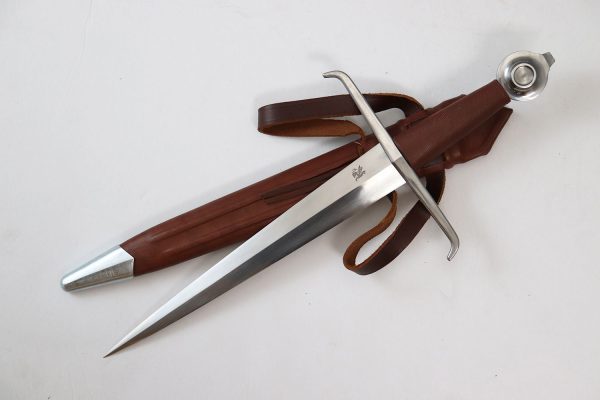
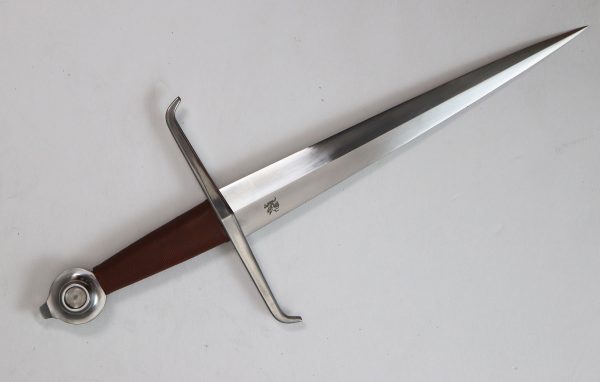
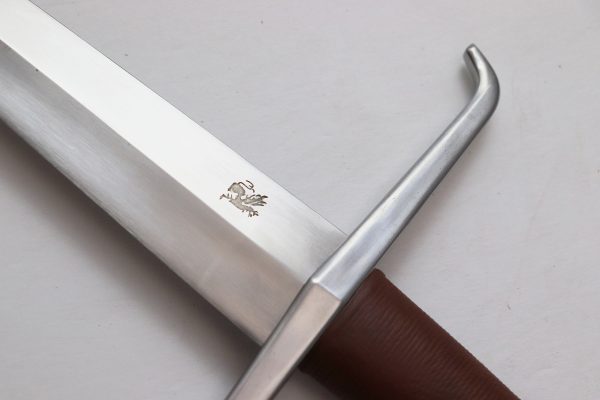
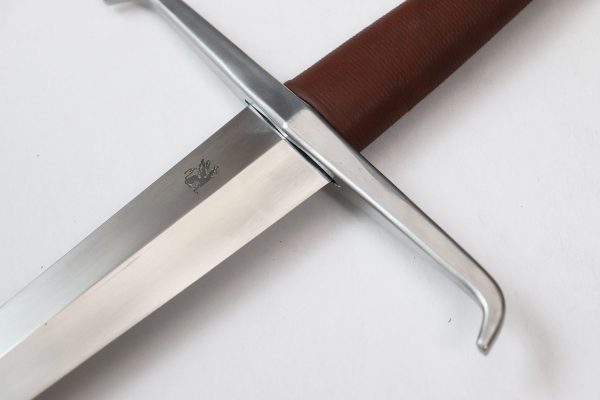

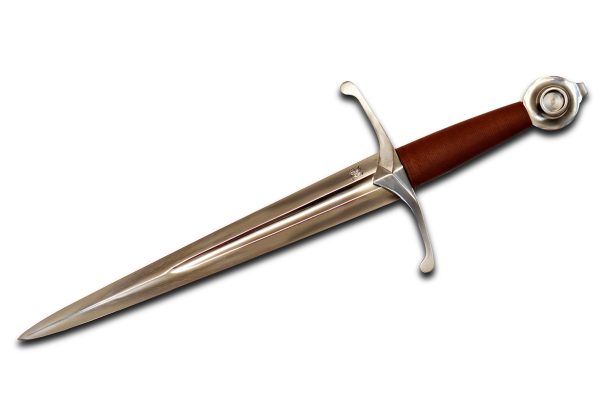
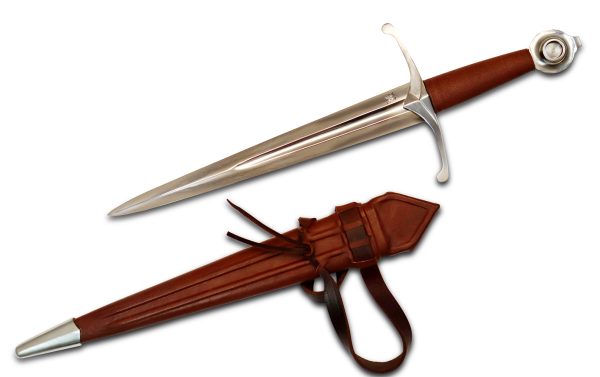
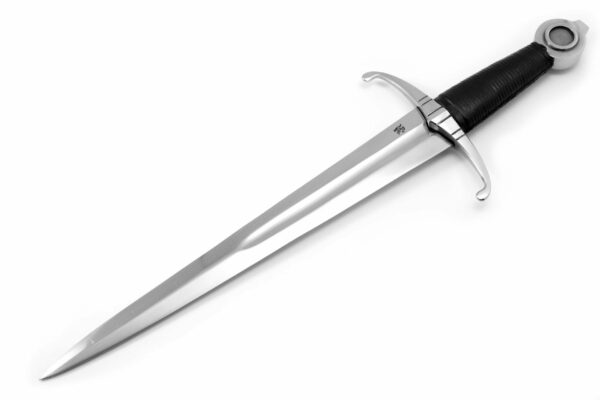
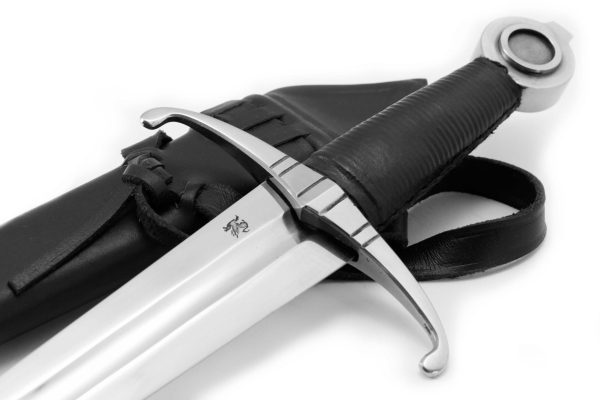
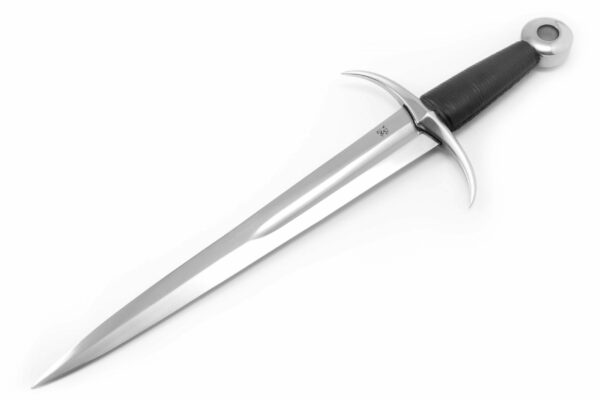
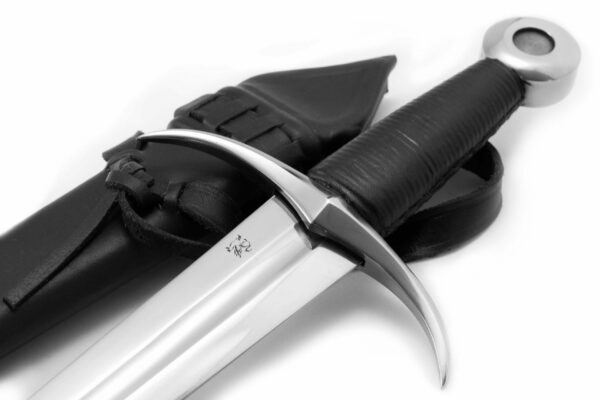
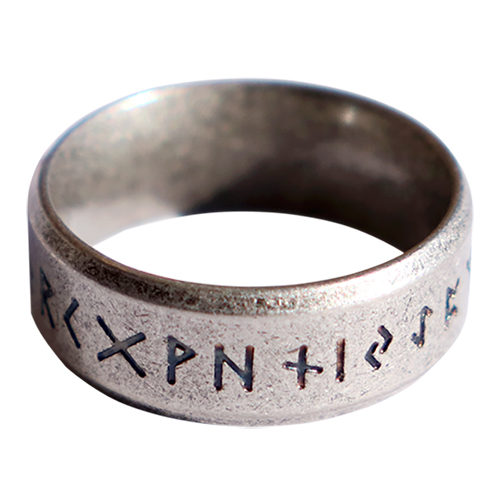
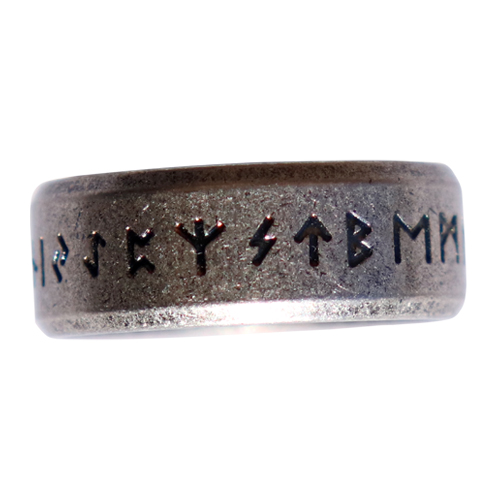
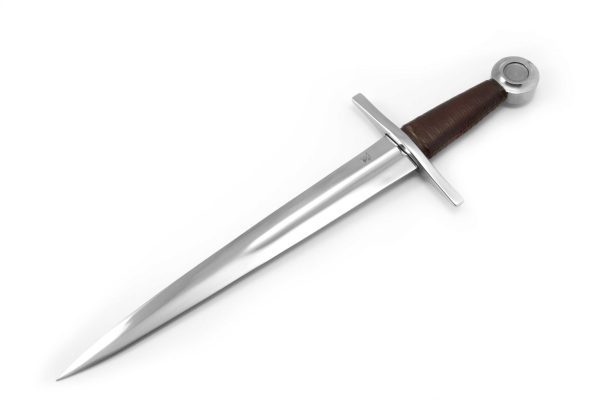
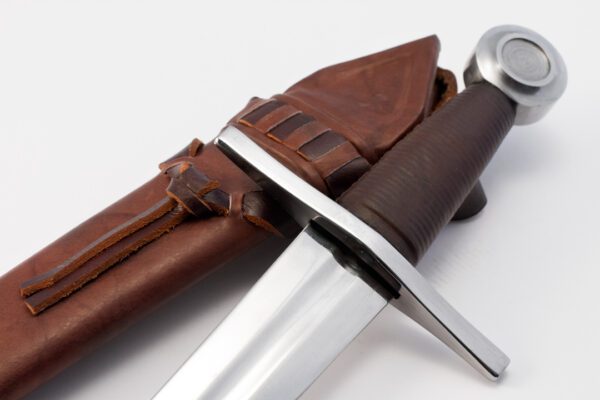
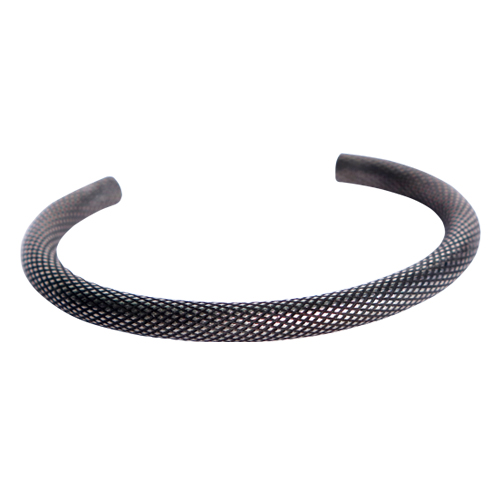
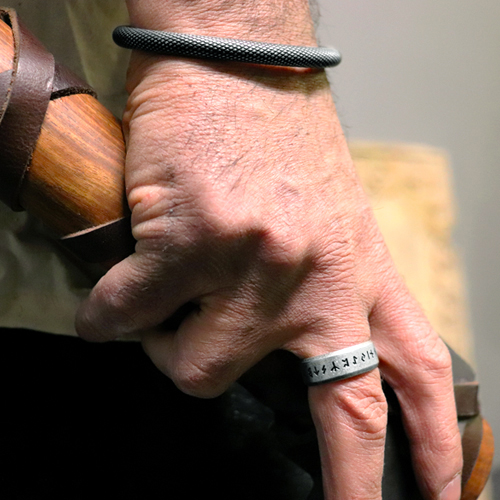
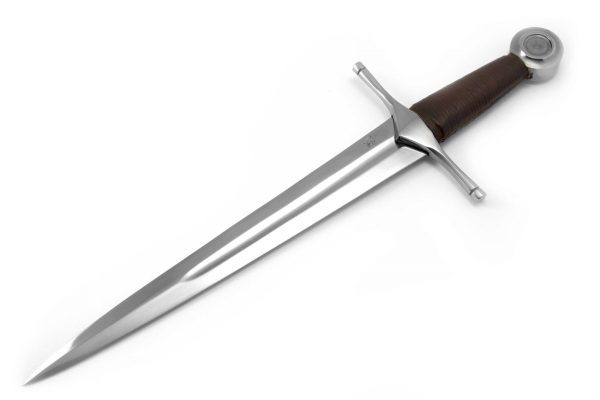
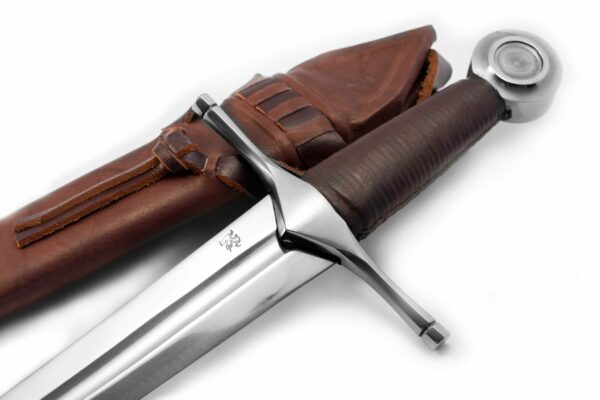
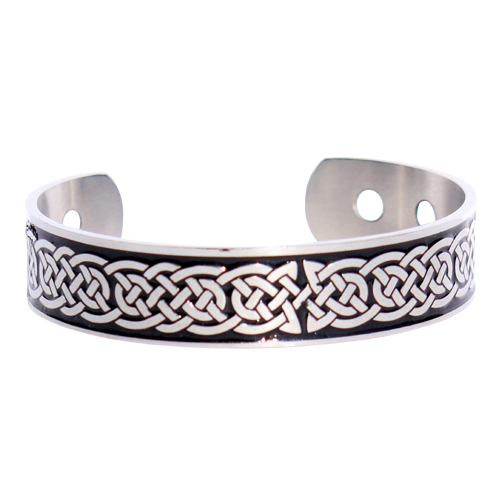
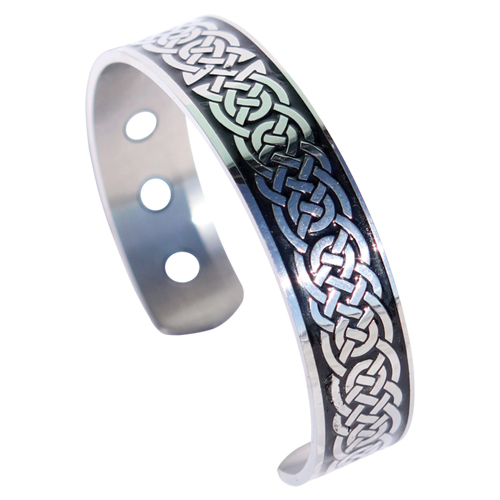
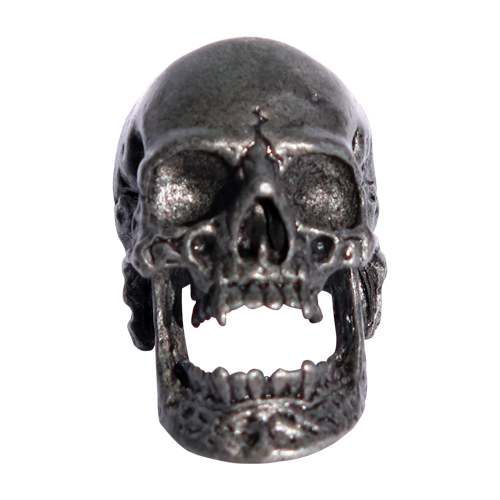
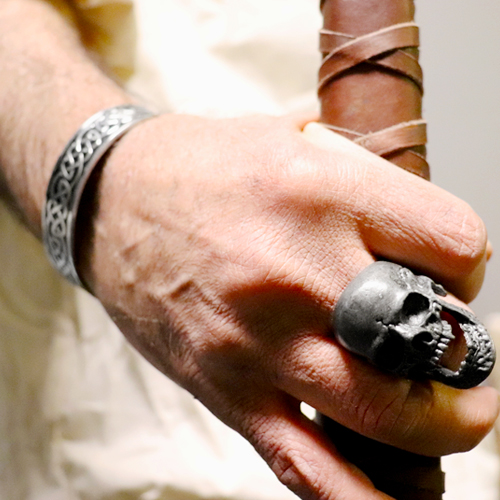
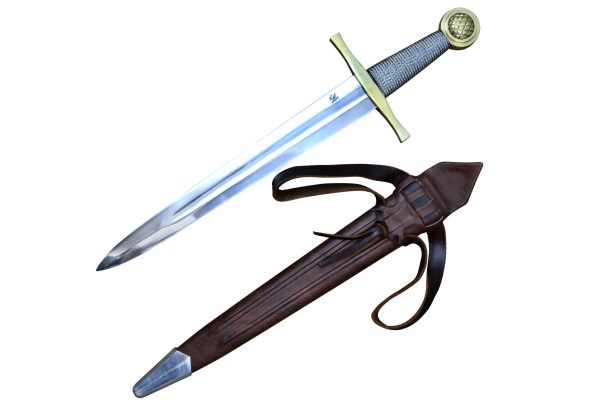
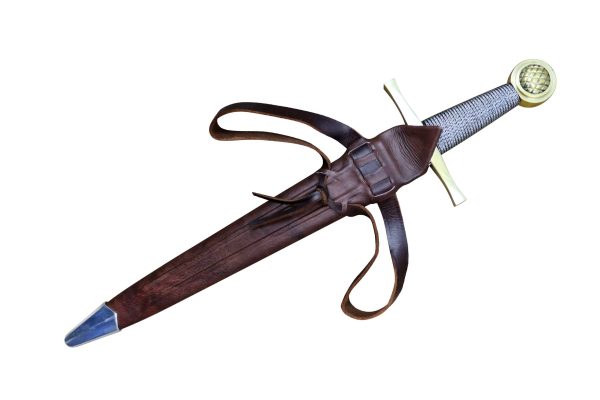
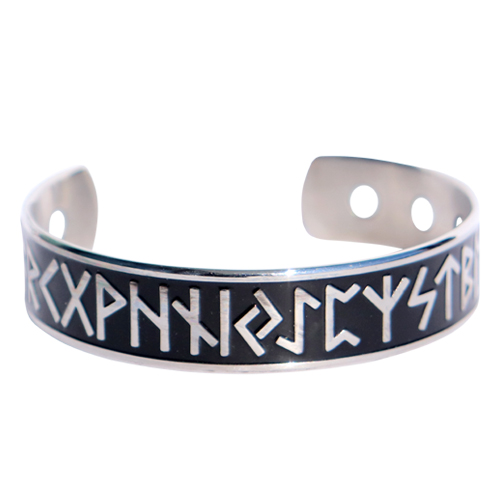
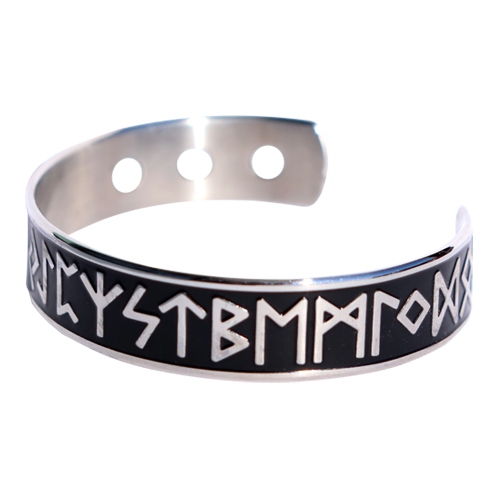
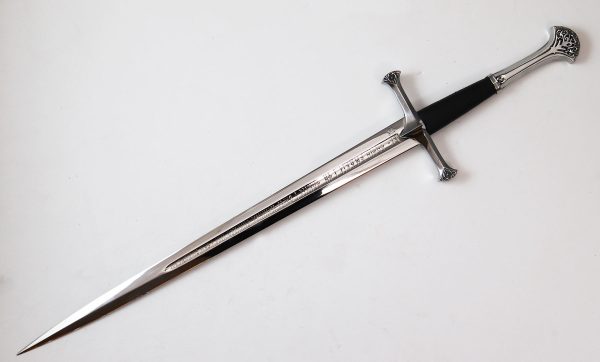
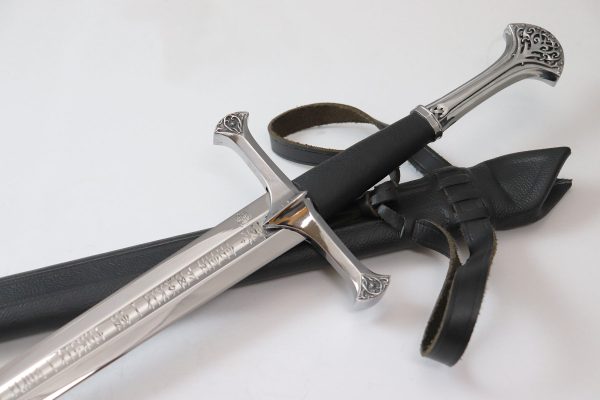
Reviews
There are no reviews yet.